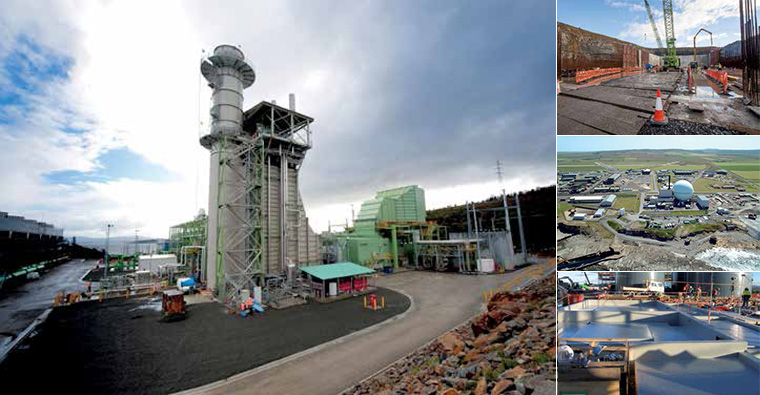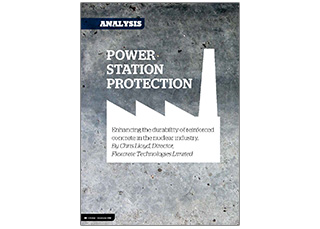Since the world’s first full-scale nuclear power station was opened some 60 years ago, reinforced and prestressed concrete have formed an integral part of the containment structure within nuclear plants.
When nuclear power plants were first constructed, concrete was typically specified for its versatility and ability to achieve the primary functions of shielding and containment to prevent the release of fission products to the environment, whilst offering protection from floods, storms and even scenarios such as aircraft impact. It provided a cost-effective, durable solution, offering the required typical design life of 30 years whilst fulfilling the engineering requirements of the Design Engineer.
A myriad of reinforced concrete structures can be found in nuclear power stations, providing foundation, support, shielding and containment functions. However, whilst the durability of many of these structures has been commendable, over the passage of time the concrete ages, making it susceptible to degradation. As a result, remedial work often becomes necessary to ensure that leak tightness and overall durability is maintained.
In the Q4 2017 issue of PCE International, Chris Lloyd from Flexcrete Technologies looks at this issue in depth and explores some of the most effective ways of enhancing the durability of reinforced concrete in the nuclear industry.
To download the full 7-page article, please click on the button below:



